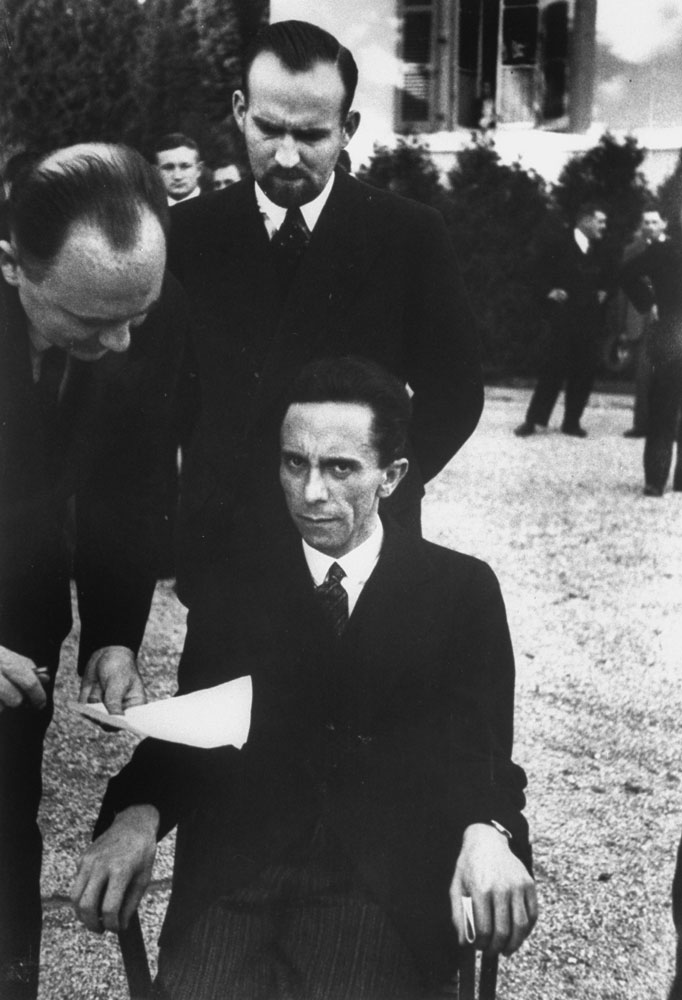
The unsettling image of the Third Reich’s propaganda minister, Joseph Goebbels, glaring at photographer Alfred Eisenstaedt during a League of Nations conference in 1933 remains, 80 years later, one of the signature—and certainly one of the most unflattering—portraits ever made of any high-ranking Nazi figure. In the photo, Goebbels’s bony hands grip the arms of his chair. His tense posture transmits an almost palpable enmity. Hunched, wary, Goebbels resembles a seething homunculus.
If any picture from the pre-World War II era captured the sheer malevolence animating the Reich’s ideology and actions, it was Eisenstaedt’s photo of Goebbels at the Carlton Hotel in Geneva.
Far less familiar to history buffs and photography aficionados, however, are some of the other pictures Eisenstaedt made on that September day eight decades ago. Long before he (like tens of thousands of other German and Austrian Jews) fled the Nazi threat in the mid-1930s, making their way to Switzerland, the Soviet Union, America and other more or less safe havens, Eisenstaedt was an accredited journalist, working throughout Europe. His presence at the League of Nations conference in 1933, therefore, was hardly an accident; like other correspondents, he was there to cover the news—and as a photographer, he was there to take pictures, which is exactly what he did.
Several of those pictures appear in this gallery—photos made just three years before LIFE magazine, with Eisenstaedt as one of the weekly’s first four staff photographers, launched in New York.
In the 1985 book, Eisenstaedt on Eisenstaedt: A Self-Portrait, the then-87-year-old photographer discussed how the Goebbels picture came about:
In 1933, I traveled to Lausanne and Geneva for the fifteenth session of the League of Nations. There, sitting in the hotel garden, was Dr. Joseph Goebbels, Hitler’s minister of propaganda. He smiles, but not at me. He was looking at someone to my left. . . . Suddenly he spotted me and I snapped him. His expression changed. Here are the eyes of hate. Was I an enemy? Behind him is his private secretary, Walter Naumann, with the goatee, and Hitler’s interpreter, Dr. Paul Schmidt. . . . I have been asked how I felt photographing these men. Naturally, not so good, but when I have a camera in my hand I know no fear.
At another point, Eisenstaedt noted that “this picture could be titled, ‘From Goebbels With Love.’ When I went up to him in the garden of the hotel, he looked at me with hateful eyes and waited for me to wither. But I didn’t wither.”
Goebbels himself, meanwhile, as head of Nazi propaganda, went on to spread his singular brand of toxic, anti-Semitic lunacy for 12 more years after Eisenstaedt made his riveting portrait. A master of psychological manipulation and one of the earliest propagandists to recognize the enormous role that radio could play in controlling mass populations, Goebbels pushed the National Socialist agenda with the cold vehemence of a true believer.
When, in the spring of 1945, however, it became evident to even the most ardent Nazis that Germany was going to lose the war, Goebbels and his wife of 14 years, Magda (at right), chose to die at their own hands rather than surrender to advancing Red Army troops.
Accounts by survivors who saw the entire Goebbels family after they went into hiding beneath Berlin’s Reich Chancellory differ in some details about what happened on May 1, 1945. Not in dispute is that Joseph Goebbels and his wife Magda ordered the murder of their own children—Helga, 12, Hildegard, 11, Helmut, 9, Holdine, 8, Hedwig, 6 and Heidrun, 4 years old, all given names starting with H in honor of Hitler—with morphine and then cyanide, after which they themselves committed suicide. (An SS doctor named Ludwig Stumpfegger likely administered the lethal cyanide doses to the six children after they had fallen asleep, or passed out, from morphine.)
Neither Goebbels nor his wife, it seems, was capable of envisioning a world without their Führer—Hitler and Eva Braun had committed suicide the day before—nor were they willing to consign their children to what, in their eyes, seemed an unimaginably bleak future: so they killed them.
All eight bodies were discovered two days after the murder-suicides by Soviet troops; a quarter-century later, in April 1970, the KGB reportedly dug up the remains of Hitler, Eva Braun, the Goebbels and their children—they had been exhumed and reburied a number of times in the years after the war—burned them, and scattered the ashes in a tributary of the river Elbe.
Ben Cosgrove is the Editor of LIFE.com
Magda Goebbels photo: Pix Inc.—Time & Life Pictures/Getty Images
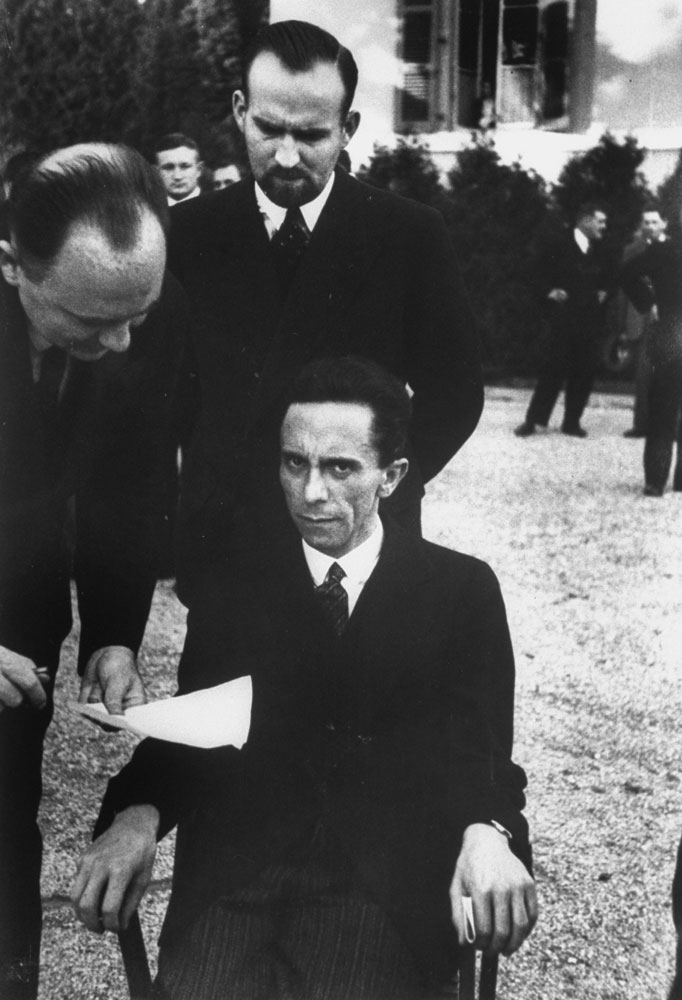
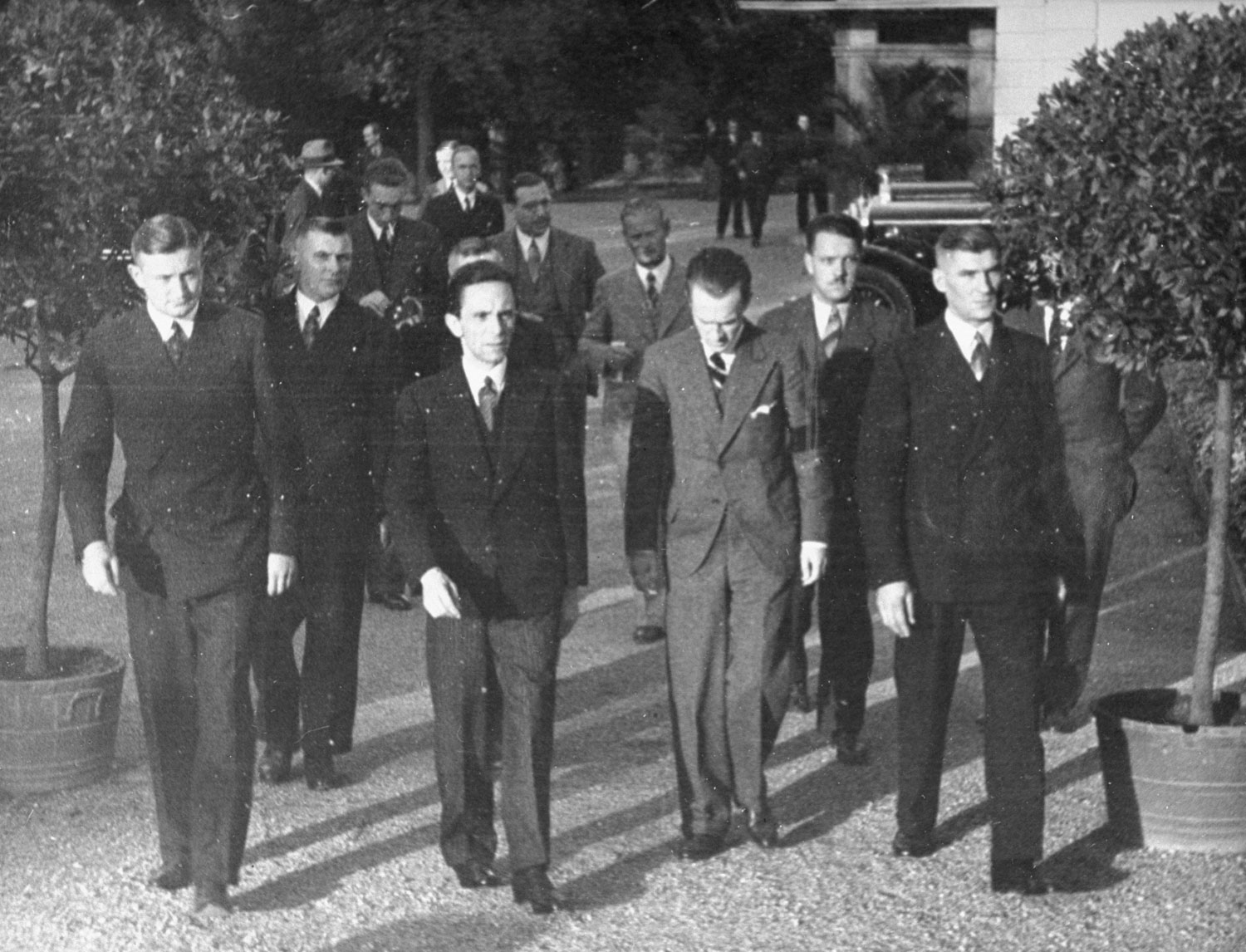

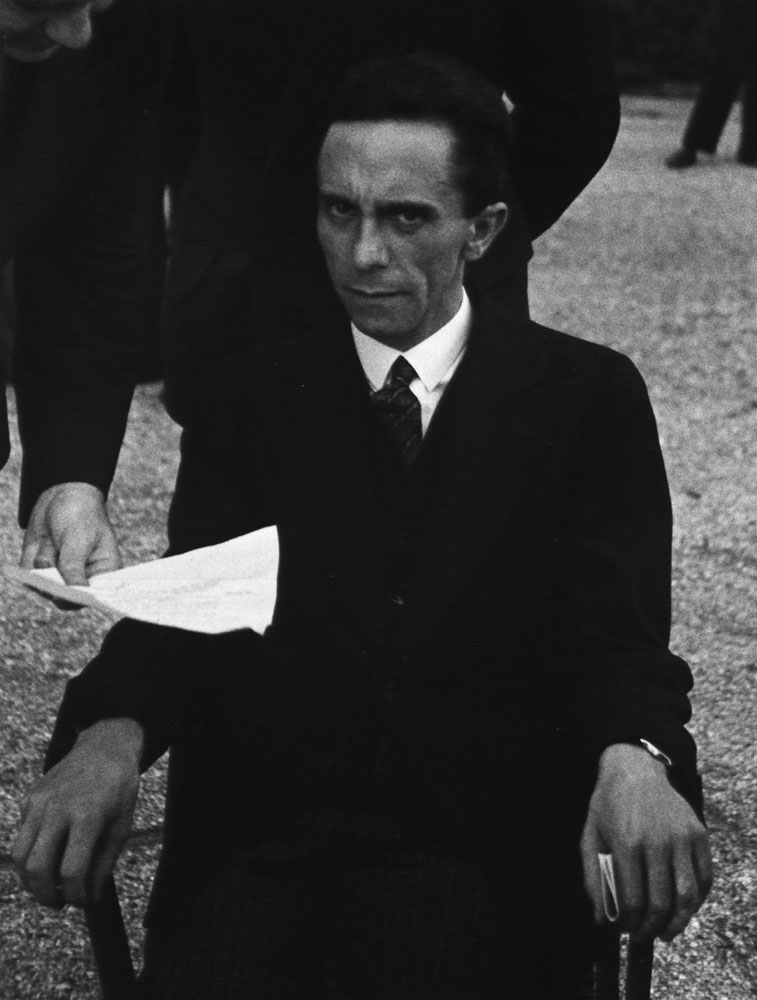


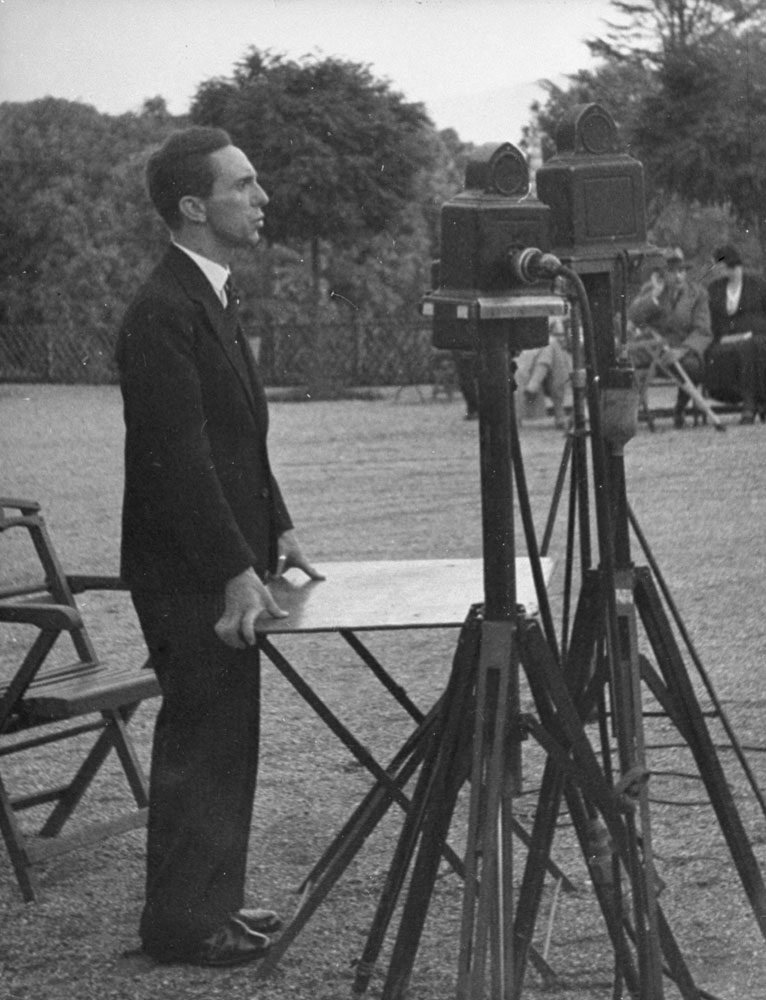
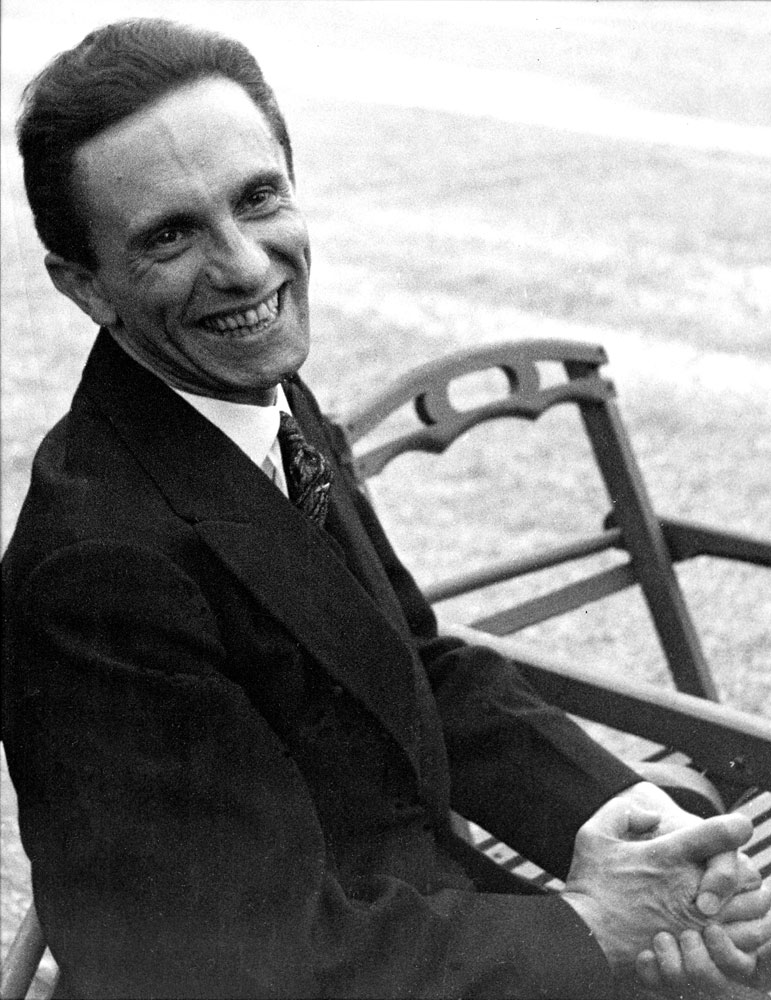
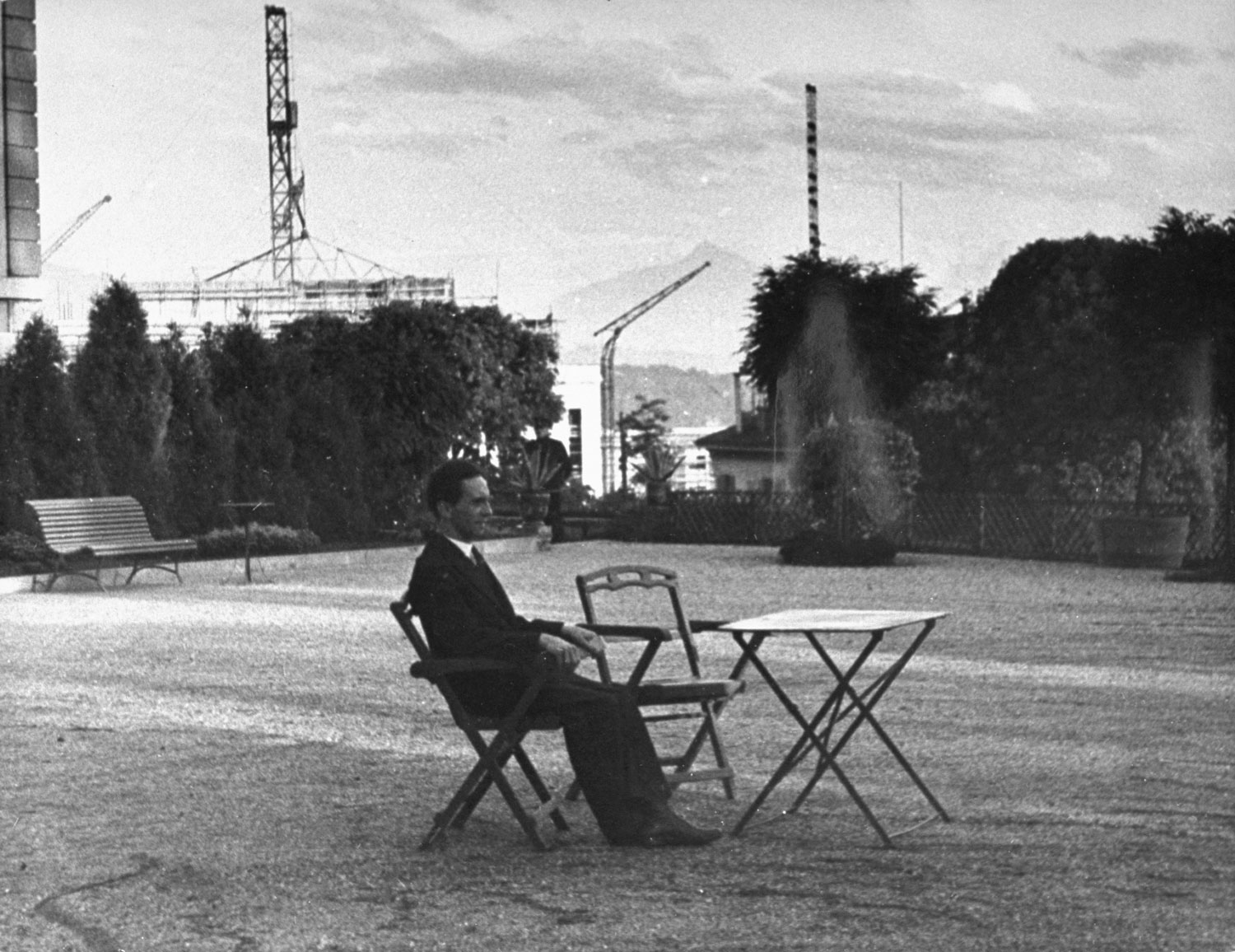
More Must-Reads from TIME
- Donald Trump Is TIME's 2024 Person of the Year
- Why We Chose Trump as Person of the Year
- Is Intermittent Fasting Good or Bad for You?
- The 100 Must-Read Books of 2024
- The 20 Best Christmas TV Episodes
- Column: If Optimism Feels Ridiculous Now, Try Hope
- The Future of Climate Action Is Trade Policy
- Merle Bombardieri Is Helping People Make the Baby Decision
Contact us at letters@time.com